
In 4th class, we are currently learning about Australia. We learned all about the Great Barrier Reef and the amazing plants and animals that live there. This led to a discussion on water pollution and environmental awareness. We discussed oil spillages in the sea and how this damages marine and bird life. With this in mind, we decided to create lava lamps to investigate and observe how oil and water react when put together.

The Great Barrier Reef
First we brainstormed our previous knowledge on water pollution and oil spillages. We discussed this as a class. We then predicted what we thought would happen when we mixed oil and water together. Using their previous knowledge, the children worked together and decided that the oil would float on top of the water because they had seen oil floating in puddles on the side of the road before. However, they did not know why this happened.
After our discussion, the children were divided into groups of three. Each group was given an empty bottle, some oil and some water. They were given instructions to fill one quarter of the bottle with water and to add an additional two quarters of oil to the bottle. These measurement instructions allowed for the integration of maths through fractions and capacity.
As soon as the groups added in the oil, they instantly realised that their prediction was correct. The oil floated on the water. With further discussion the children came to the correct conclusion that oil is lighter than water and that is why it floats on top. This knowledge led to a further discussion on water pollution and how the birds and fish are damaged and injured when oil is leaked into the water but just sits on top as a thick layer.
Now it was time to make our lava lamps! Each group was given a bottle of food colouring. Before adding the colouring, we predicted what we thought would happen when it was added. Some children thought it would just mix with the oil and some thought it would sink to the bottom and mix with the water. It was time to find out! They added 8/10 drops of the food colouring into the bottle. It did not take long for the children to realise that the food colouring sank straight through the oil and only reacted with the water at the bottom. The children instantly came to the conclusion that the food colouring was also heavier than the oil and this was why it sank straight to the water.
Each group was then given half an Alka-Seltzer tablet. We discussed what this was and the children compared it to Disprin tablets which they have seen dissolving and bubbling in water before. Each group dropped their tablets into the bottle. The tablet sank straight to the bottom of the bottle and started to dissolve. The children observed in anticipation as coloured bubbles formed and floated up and down in the oil from the Alka-Seltzer tablet as they tried to reach the surface.
After two minutes of observation we discussed what we witnessed as a class. The children discussed that the thickness of the oil could have slowed down the speed of the Alka-Seltzer bubbles and created the look of a lava lamp.
To conclude, we recapped on what we did today and highlighted the importance of environmental awareness and care. We reviewed the danger of oil spillages and how they can endanger and destroy bird and marine life. The children finally discussed ways on how we could tackle the problem of water pollution and protect our environment.

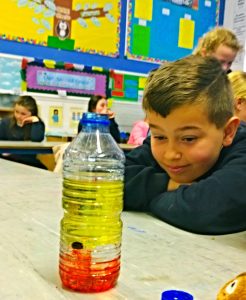
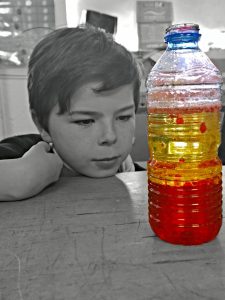
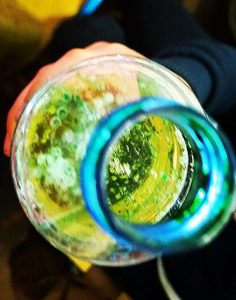
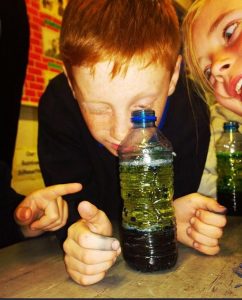
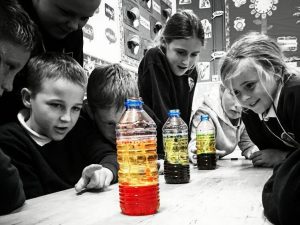
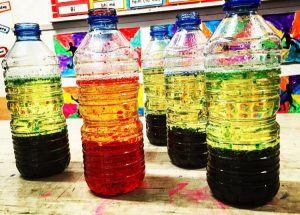
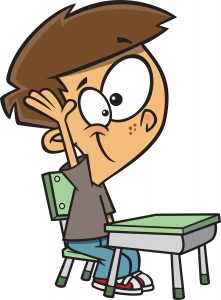
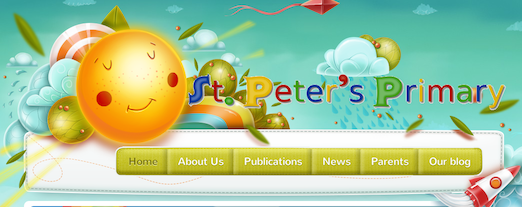


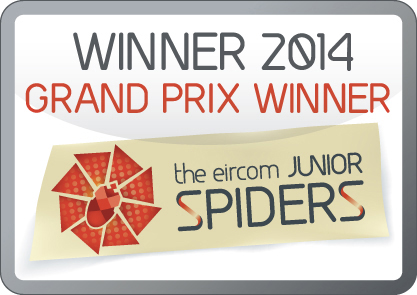
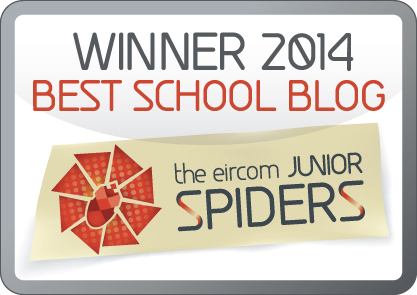
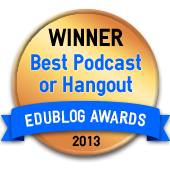

10:08 am on April 20th, 2016
We think your lava lamps are amazing and so cool! Toby would like to know if you used olive oil to make the lava lamps? A.J. says he loves this idea so much!
12:03 pm on April 22nd, 2016
Thank you Senior Infants for commenting on our lava lamps. We used vegetable oil in our experiment.